In the realm of heavy hauling, the semi trailer air system stands as a pivotal component ensuring safety, efficiency, and reliability on the road. At CarMax Vehicle, we pride ourselves on engineering top-tier air systems tailored to meet the rigorous demands of modern transportation. This comprehensive guide delves deep into the intricacies of semi trailer air system diagrams, elucidating their components, functionalities, and maintenance practices to empower fleet operators and industry enthusiasts alike.
Table of Contents
- Introduction to Semi Trailer Air Systems
- Key Components of a Semi Trailer Air System
- Air Compressor
- Air Reservoir Tanks
- Brake Chambers
- Air Lines and Hoses
- Valves and Controls
- Understanding the Air System Diagram
- Diagram Overview
- Flow of Air Pressure
- Functionality and Operation
- Air Pressure Generation
- Brake Activation
- Emergency Systems
- CarMax Trailer’s Advanced Air System Features
- Enhanced Durability
- Smart Monitoring Integration
- Energy Efficiency
- Comparative Analysis: CarMax Air Systems vs. Industry Standards
- Performance Metrics
- Reliability and Maintenance
- Cost Efficiency
- Maintenance and Troubleshooting
- Regular Inspection Protocols
- Common Issues and Solutions
- Extending System Longevity
- Safety Considerations
- Compliance with Regulations
- Safety Mechanisms
- Future Innovations in Air Systems
- Technological Advancements
- Sustainable Practices
- Conclusion
- Frequently Asked Questions
Introduction to Semi Trailer Air Systems
Semi trailer air systems are the circulatory framework responsible for regulating and transmitting air pressure essential for brake operations and other pneumatic functions. They ensure that trailers respond promptly to braking commands, thereby enhancing vehicular control and safety. A meticulously designed air system diagram is crucial, serving as a blueprint for installation, troubleshooting, and optimization.
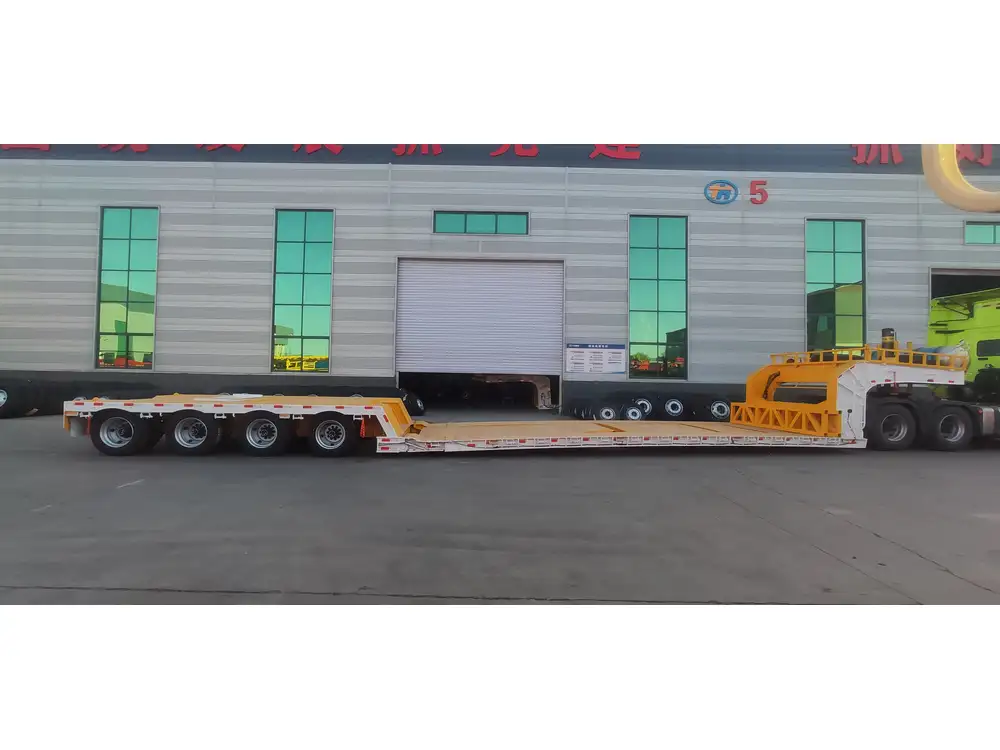
Key Components of a Semi Trailer Air System
Understanding the individual components of a semi trailer air system is paramount to grasping the system’s overall functionality. Below, we dissect each integral part:
Air Compressor
Function: Generates the necessary air pressure by compressing atmospheric air, supplying the system with a consistent airflow.
Types:
- Piston Compressors: Known for durability and reliability.
- Diaphragm Compressors: Ideal for environments requiring oil-free air.
Air Reservoir Tanks
Function: Store compressed air, ensuring a steady supply during brake application and compensating for pressure fluctuations.
Specifications:
- Capacity: Typically ranges from 50 to 100 liters.
- Material: Stainless steel or aluminum for corrosion resistance.

Brake Chambers
Function: Convert compressed air pressure into mechanical force to actuate the brakes.
Types:
- Leading Brake Chambers: Mounted on the tractor unit, controlling the trailer’s brakes.
- Trailing Brake Chambers: Located on the trailer, independently managing brake functions.
Air Lines and Hoses
Function: Transport compressed air between components, maintaining a closed-loop system.
Materials:
- Rubber Hoses: Flexible and durable for varied movements.
- Steel Braided Hoses: Offer enhanced protection against wear and tear.
Valves and Controls
Function: Regulate air flow, pressure levels, and system operations.
Types:
- Check Valves: Prevent backflow, ensuring unidirectional air movement.
- Relief Valves: Release excess pressure to maintain system integrity.
- Manual Valves: Allow for manual control of specific system functions.
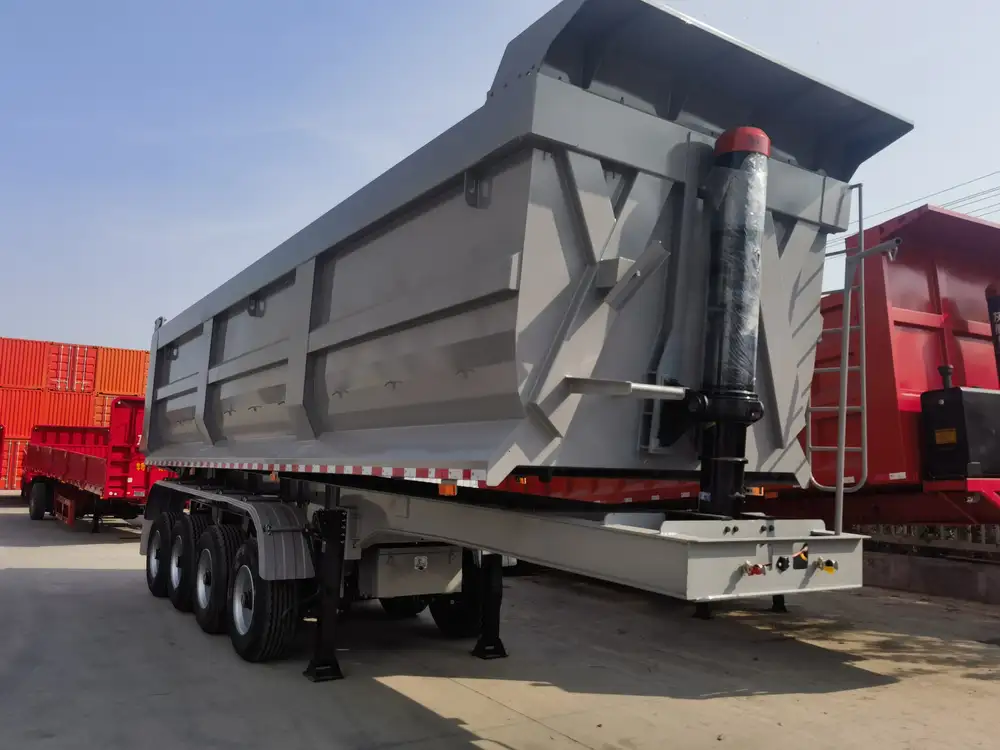
Understanding the Air System Diagram
A semi trailer air system diagram visually represents the intricate network of components and their interactions. Here’s a breakdown of a typical diagram:
Diagram Overview
| Component | Symbol in Diagram | Description |
|---|---|---|
| Air Compressor | [COMP] | Initiates air pressure generation |
| Reservoir Tanks | [TANK] | Stores compressed air |
| Brake Chambers | [BC] | Converts air to mechanical brake force |
| Air Lines | [—] | Connects components, allowing air flow |
| Valves | [V] | Controls air direction and pressure |
| Gauge | [G] | Monitors system air pressure |
Flow of Air Pressure
- Air Compressor Activation: Upon engine start, the air compressor activates, drawing in atmospheric air.
- Compression and Storage: The compressor increases air pressure, funneling it into reservoir tanks.
- Distribution via Air Lines: Compressed air travels through air lines to reach brake chambers and other pneumatic devices.
- Brake Engagement: When the brake pedal is pressed, air pressure from the reservoir is directed to brake chambers, activating the braking mechanism.
- Pressure Regulation: Valves ensure that air pressure remains within optimal ranges, preventing system overload.
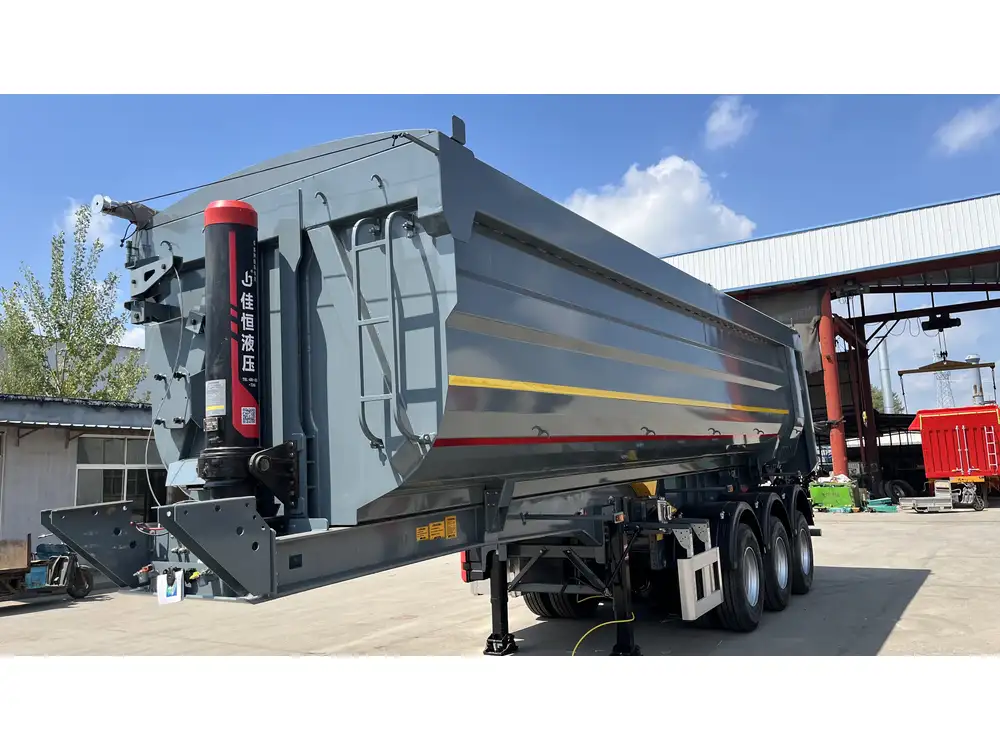
Functionality and Operation
Air Pressure Generation
The air compressor is the heart of the air system, continuously generating compressed air during vehicle operation. Its efficiency directly impacts brake responsiveness and system reliability. High-quality compressors ensure minimal lag between brake command and activation, crucial for maintaining vehicle control, especially under varying load conditions.
Brake Activation
Brake chambers receive a precise amount of air pressure to apply the brakes effectively. Leading brake chambers on the tractor unit can control trailer brakes, enabling synchronized braking across the entire vehicle combination. Trailing brake chambers ensure that each trailer’s brakes operate independently, providing redundancy and enhanced safety.

Emergency Systems
In the event of air pressure failure, emergency systems like spring-applied brakes engage automatically, ensuring that the trailer remains stationary until the issue is resolved. This fail-safe mechanism is critical in preventing uncontrolled trailer movement, safeguarding both the cargo and other road users.
CarMax Trailer’s Advanced Air System Features
At CarMax Trailer, innovation drives our air system designs, integrating advanced features that set us apart in the industry.
Enhanced Durability
Our air systems are engineered with high-grade materials, offering resistance against corrosion, extreme temperatures, and mechanical stress. This durability ensures longevity and reduces the need for frequent maintenance, translating to cost savings for fleet operators.
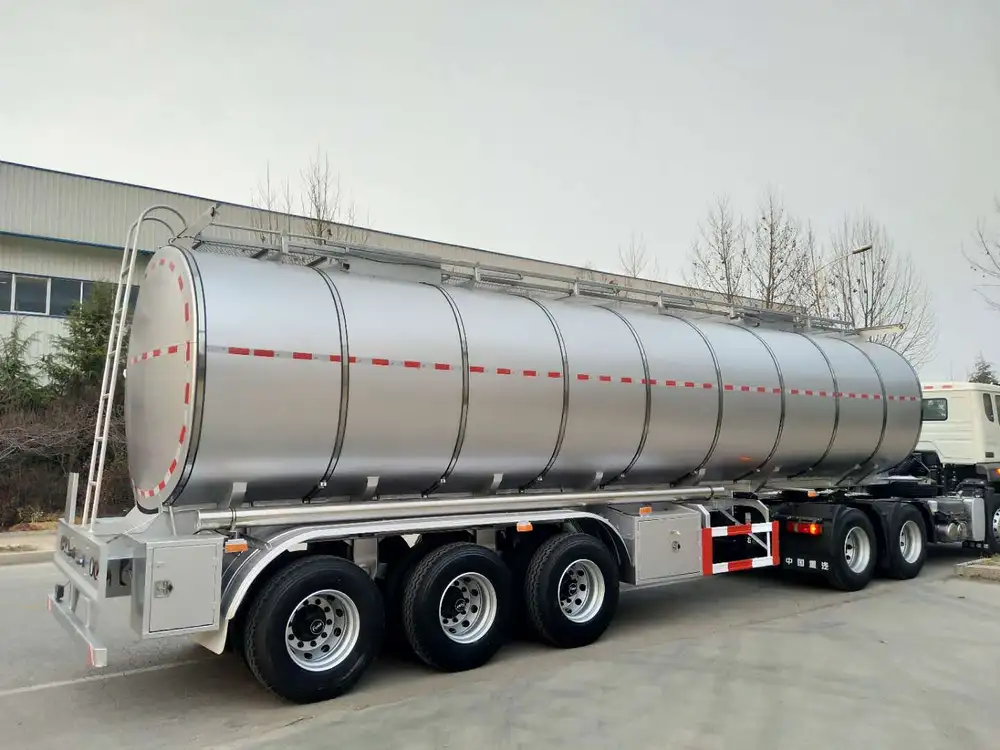
Smart Monitoring Integration
Embracing the digital age, CarMax Trailer incorporates smart monitoring technologies into our air systems. Real-time data on air pressure, system health, and performance metrics are accessible via integrated dashboards, allowing for proactive maintenance and swift issue resolution.
Energy Efficiency
Energy-efficient compressors and optimized air pathways minimize power consumption without compromising performance. This efficiency not only reduces operational costs but also contributes to a smaller carbon footprint, aligning with sustainable transportation practices.
Comparative Analysis: CarMax Air Systems vs. Industry Standards
Selecting the right air system can significantly impact the performance and safety of semi trailers. Here’s how CarMax Trailer’s air systems stack up against standard industry offerings:
| Feature | CarMax Trailer Air System | Industry Standard Air System |
|---|---|---|
| Material Quality | High-grade corrosion-resistant alloys | Commonly steel or aluminum |
| Monitoring Capabilities | Integrated smart systems | Basic pressure gauges |
| Energy Efficiency | Advanced energy-saving compressors | Standard compressors |
| Durability | Enhanced with multi-layer protection | Standard durability |
| Maintenance Requirements | Lower due to robust design | Higher due to wear and tear |
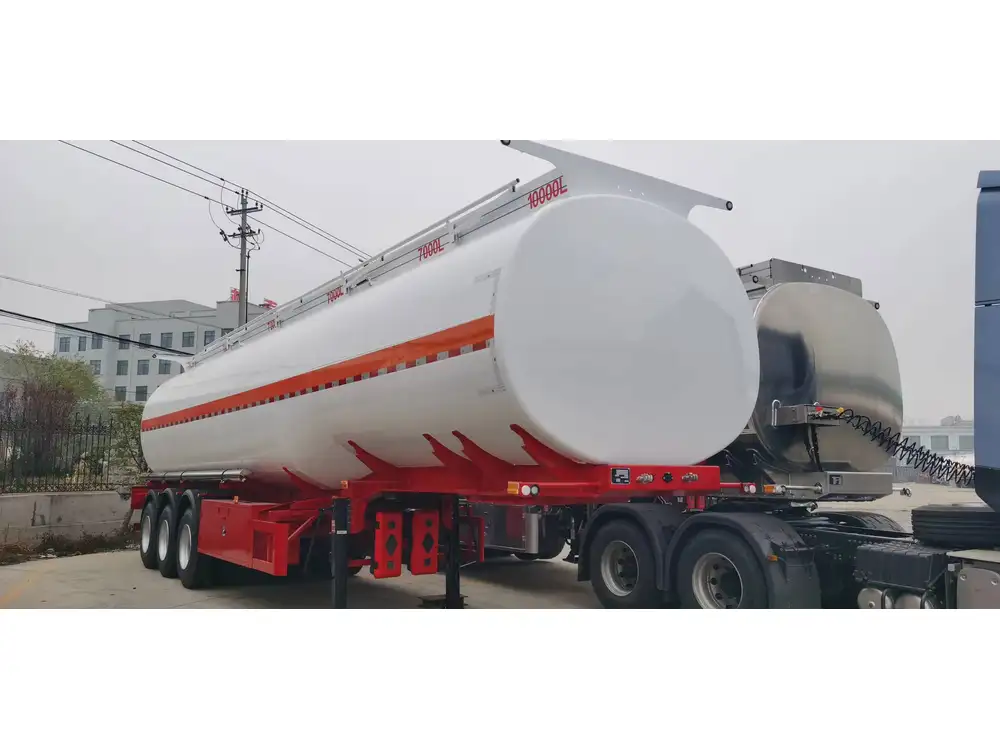
Performance Metrics
CarMax air systems demonstrate superior performance in maintaining consistent air pressure, reducing brake lag, and ensuring swift brake engagement. Our systems undergo rigorous testing to meet and exceed industry benchmarks, providing reliability under diverse operational conditions.
Reliability and Maintenance
Our air systems are designed for minimal downtime, featuring components that withstand heavy usage and adverse environments. Predictive maintenance facilitated by smart monitoring reduces unexpected failures, ensuring continuous operation and enhancing fleet uptime.
Cost Efficiency
While initial investment in CarMax air systems may be comparable to industry standards, the long-term savings through reduced maintenance, energy consumption, and extended component life present a compelling case for cost efficiency. Enhanced reliability also translates to fewer operational disruptions, further driving cost benefits.
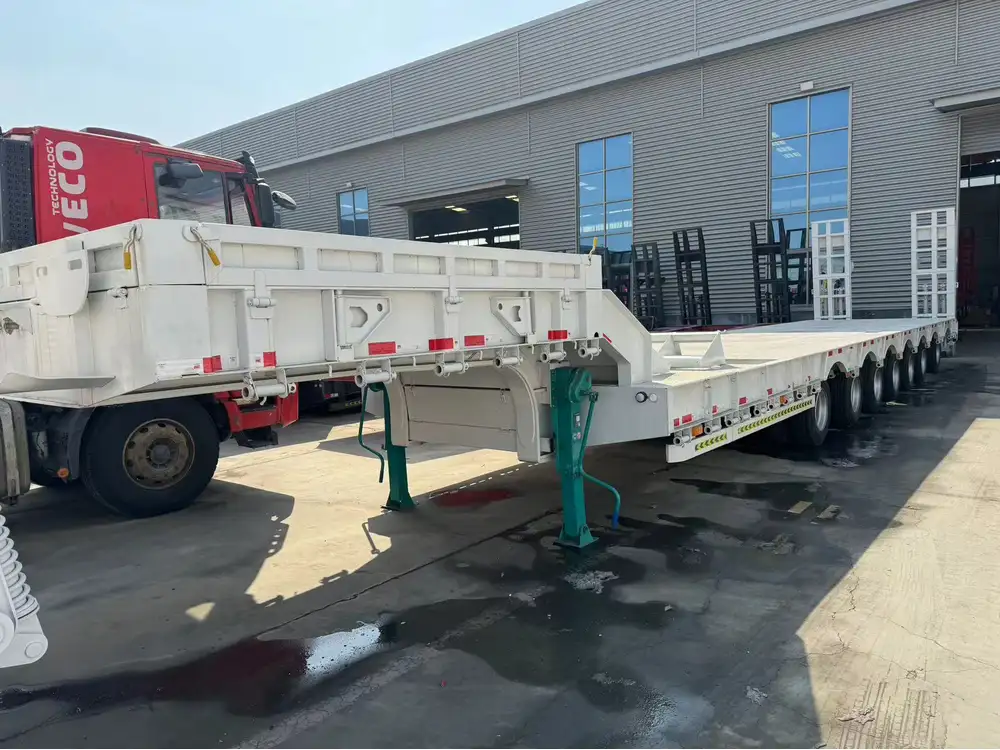
Maintenance and Troubleshooting
Proper maintenance ensures the longevity and optimal performance of the semi trailer air system. Below are essential practices and common troubleshooting steps.
Regular Inspection Protocols
- Visual Checks: Inspect all air lines and hoses for signs of wear, cracks, or leaks.
- Pressure Monitoring: Regularly check air pressure gauges to ensure they remain within recommended ranges.
- Component Integrity: Examine valves, brake chambers, and compressors for any signs of damage or malfunction.
Common Issues and Solutions
| Issue | Possible Cause | Solution |
|---|---|---|
| Air Pressure Drop | Leaky air lines or faulty valves | Identify and repair leaks, replace faulty valves |
| Inconsistent Brake Response | Worn brake chambers or insufficient air pressure | Replace brake chambers, ensure compressor functionality |
| Compressor Overheating | Blocked air intake or faulty cooling | Clean air intake filters, repair cooling systems |
| Unresponsive Brakes | Air line blockage or electrical faults | Clear blockages, inspect electrical connections |

Extending System Longevity
- Routine Maintenance: Adhere to scheduled maintenance intervals for all components.
- Quality Components: Use high-quality replacement parts to ensure compatibility and durability.
- Environmental Protection: Protect the air system from extreme weather conditions and corrosive elements.
Safety Considerations
Safety is paramount in the design and operation of semi trailer air systems. Compliance with regulatory standards and the incorporation of safety mechanisms are essential to prevent accidents and ensure safe transportation.
Compliance with Regulations
CarMax Trailer ensures that all air systems adhere to international safety standards, including those set by the Federal Motor Carrier Safety Administration (FMCSA) and the European Union’s Vehicle Safety Directives. Compliance guarantees that our systems meet the stringent requirements for performance and safety.
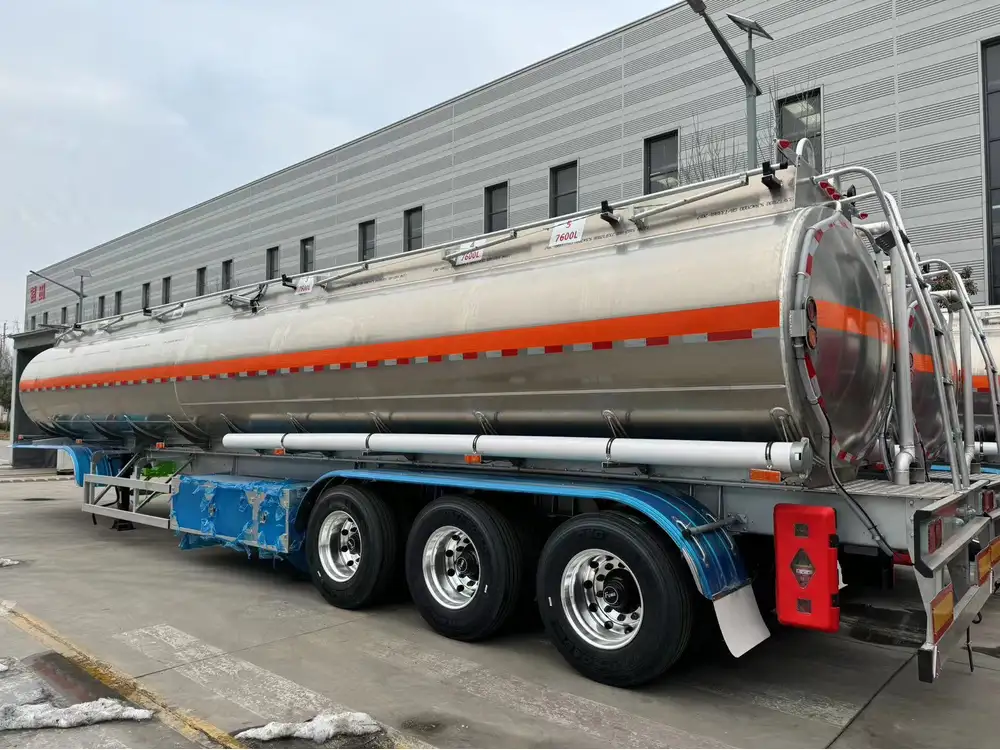
Safety Mechanisms
- Automatic Brake Application: In case of air pressure loss, brakes engage automatically to prevent trailer movement.
- Pressure Relief Valves: Prevent excessive pressure build-up, averting potential system failures.
- Redundant Systems: Dual brake chambers and multiple air lines provide backup in case of component failure, enhancing overall safety.
Future Innovations in Air Systems
The transportation industry is continually evolving, and so are semi trailer air systems. CarMax Trailer is at the forefront of integrating innovative technologies to future-proof our air systems.
Technological Advancements
- IoT Integration: Leveraging the Internet of Things (IoT) for real-time monitoring, predictive maintenance, and enhanced system analytics.
- Wireless Controls: Facilitating remote management and control of air systems, improving operational flexibility.
- Advanced Materials: Utilizing lightweight, high-strength materials to reduce system weight without compromising durability.

Sustainable Practices
- Energy Recovery Systems: Implementing technologies that reclaim and reuse energy from braking actions, enhancing overall system efficiency.
- Eco-friendly Materials: Sourcing sustainable materials to reduce environmental impact and promote greener transportation solutions.
Conclusion
A robust semi trailer air system is indispensable for safe and efficient heavy hauling operations. CarMax Trailer’s commitment to excellence is reflected in our meticulously engineered air systems, designed to deliver unmatched performance, reliability, and safety. By understanding the complexities of air system diagrams and maintaining best practices, fleet operators can ensure seamless operations and extend the lifespan of their trailers. Embrace the future of transportation with CarMax Vehicle’s cutting-edge air systems, and experience the difference in every journey.
Frequently Asked Questions
1. What is the primary function of a semi trailer air system?
The primary function of a semi trailer air system is to regulate and transmit air pressure essential for brake operations and other pneumatic functions, ensuring safe and efficient control of the trailer during transportation.
2. How often should the air system components be inspected and maintained?
Regular inspection and maintenance are recommended at least once a week for visual checks and monthly for comprehensive system evaluations. Adhering to scheduled maintenance intervals enhances system reliability and longevity.
3. What are the signs of a failing air compressor in a semi trailer air system?
Signs of a failing air compressor include a noticeable drop in air pressure, unusual noises during operation, overheating, and delayed brake response. Prompt inspection and repair are essential to prevent operational disruptions.
4. Can I upgrade my existing air system with CarMax Trailer components?
Yes, CarMax Trailer offers a range of high-quality air system components designed for compatibility and enhanced performance. Upgrading with our components can improve system efficiency, reliability, and safety.
5. What safety features are integrated into CarMax Trailer’s air systems?
CarMax Trailer’s air systems incorporate multiple safety features, including automatic brake application in case of air pressure loss, pressure relief valves to prevent overpressure, and redundant systems to ensure continued operation even if a component fails.



